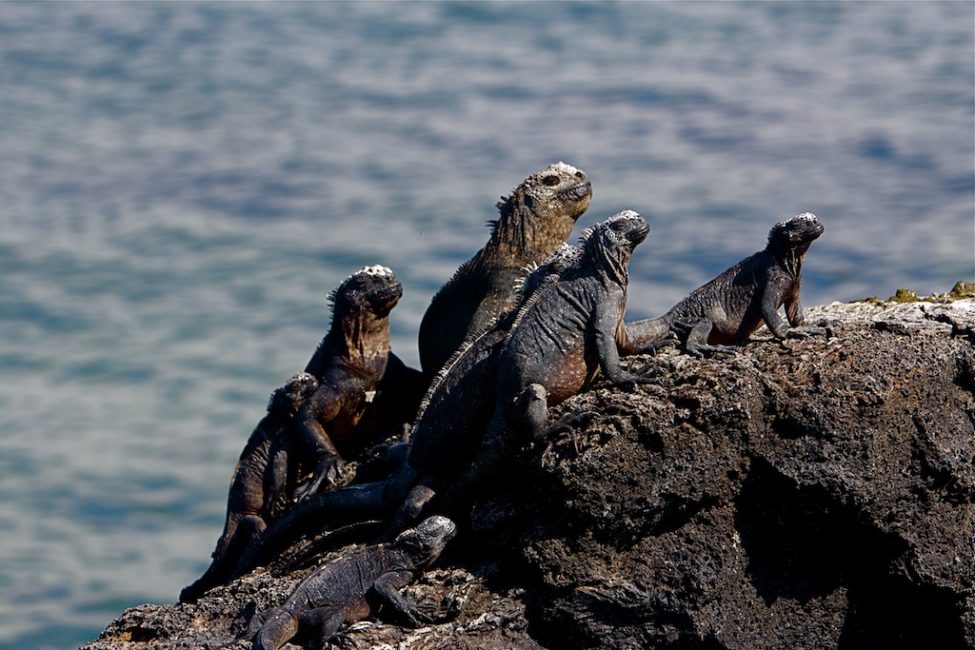1. Introduction to Galapagos Iguanas
The Galapagos Islands are known for their unique wildlife, particularly the fascinating Galapagos Iguanas. Contrary to common beliefs, these iguanas are not just ordinary reptiles; they possess remarkable adaptations that make them a highlight of any visit to this extraordinary destination.
2. Overview of the Galapagos Iguana
On our journey, we encountered giant black lizards basking on hot lava rocks, displaying a regal demeanor. Their impressive presence debunks the myth of being inundated with iguanas and instead leaves visitors in awe of their distinct beauty.
3. Unique Feeding Habits
The Galapagos Iguana is the only iguana in the world that feeds underwater. With the ability to hold their breath for up to half an hour and dive to depths of 30 meters, these marine iguanas exhibit extraordinary feeding behaviors, showcasing their adaptation to the marine environment.
The Galapagos Islands, formed by volcanic activity, have a unique ecological landscape where no animals are originally native. Species have arrived via ocean and air currents, resulting in an unprecedented ecosystem. Over time, marine iguanas have evolved to thrive in this unique habitat.
4. Social Behavior and Survival Tactics
Despite their appearance, iguanas are not social creatures. They congregate in groups primarily to absorb warmth from the sun during the day. This behavioral adaptation allows them to store heat, which is crucial for survival during cooler nights when they huddle together in burrows.
5. Interesting Adaptations
After swimming and feeding in saltwater, Galapagos Iguanas expel excess salt through their nostrils, often giving their heads a distinct white appearance. This unique trait resembles an antiquated white wig, adding a quirky charm to their overall look.
6. Defensive Strategies
When threatened, iguanas employ an interesting defense mechanism. They climb to high rocks and stand tall, using their coloration to blend into the volcanic surroundings. This camouflage strategy often intimidates predators into retreating.
7. Perception of Beauty
Beauty is subjective, and despite Charles Darwin’s assertion that iguanas are unattractive, many find them surprisingly endearing. Their unique and eccentric features appeal to those who appreciate the quirks of nature. The historical hunting of both iguanas and turtles nearly led to extinction; fortunately, these species are now protected within the Galapagos National Park and World Heritage site.
8. Conclusion
Overall, the Galapagos Iguanas are a testament to evolution and adaptation, making them one of the most intriguing species on the islands. Their remarkable features and behaviors offer insight into the complex ecosystems of the Galapagos Islands, encouraging deeper appreciation for nature’s diversity.
Travel Planning Resources
Planning a trip to the Galapagos Islands? Here are some essential resources:
Flights: Discover the best flight deals on Skyscanner.
Hotels: Check prices and book accommodations through Booking.com or TripAdvisor.
Apartment Rentals: Find the best prices with VRBO.
Travel Insurance: It’s vital to protect yourself while traveling. We recommend Safety Wing for occasional travelers and Medjet for global air medical transport.
Activities: Looking for exciting tours or tickets? Check out Get Your Guide.
For more planning tips and trusted resources, explore our Resources Page.





